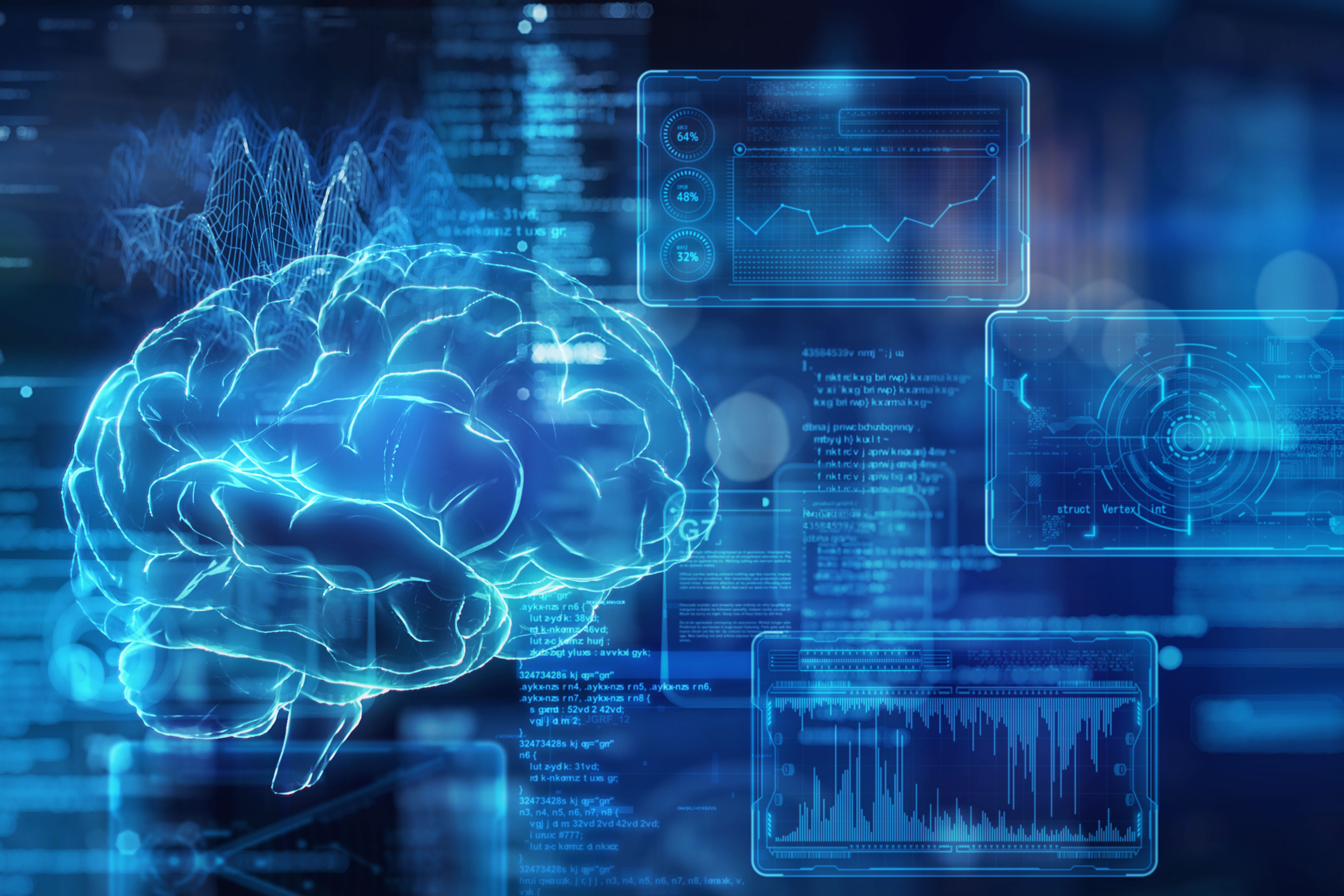Create a Large Language Model
In the era of artificial intelligence, large language models have become the cornerstone of numerous applications, ranging from natural language processing to generating creative content. These models, such as the GPT (Generative Pre-trained Transformer) series, have captivated the attention of researchers and developers worldwide due to their remarkable ability to understand and generate human-like text. However, the process of creating these behemoths involves a complex interplay of data, algorithms, and computational resources.
Understanding Large Language Models:
Large language models are neural network architectures trained on vast amounts of text data to understand and generate human-like text. They employ techniques from deep learning, particularly transformers, to process and generate sequences of text efficiently. The success of large language models can be attributed to their ability to learn from massive datasets, capturing intricate patterns and nuances of human language.
Key Components of Large Language Models:
- Transformer Architecture: At the heart of large language models lies the transformer architecture. Transformers revolutionized natural language processing (NLP) with their attention mechanisms, enabling models to capture long-range dependencies in text efficiently. The transformer architecture consists of encoder and decoder layers stacked together, facilitating bidirectional understanding and generation of text.
- Pre-training and Fine-tuning: Large language models are typically pre-trained on massive text corpora using unsupervised learning techniques. During pre-training, the model learns to predict the next word in a sequence given the preceding context. This process imbues the model with a comprehensive understanding of language. Following pre-training, fine-tuning is conducted on specific downstream tasks, such as text classification or language generation, to adapt the model to a particular application.
- Data: Data is the lifeblood of large language models. These models require vast amounts of text data to learn effectively. Common sources of data include books, articles, websites, and social media posts. The diversity and quality of the training data significantly impact the performance and generalization capabilities of the model.
- Computational Resources: Building large language models demands immense computational resources, including powerful GPUs or TPUs (Tensor Processing Units) and distributed computing frameworks. Training such models often necessitate extensive hardware infrastructure and substantial time investments.
Steps to Create Large Language Models:
- Data Collection: The initial step involves gathering a diverse and extensive dataset of text. This dataset serves as the foundation for training the language model. Careful consideration must be given to data quality, relevance, and ethical considerations regarding data usage.
- Pre-processing: Once the data is collected, it undergoes pre-processing to clean and standardize the text. This involves tasks such as tokenization, lowercasing, removing special characters, and splitting the text into manageable chunks for training.
- Model Architecture Selection: Depending on the requirements and available resources, the appropriate transformer architecture is chosen for the language model. Popular choices include GPT (Generative Pre-trained Transformer) and BERT (Bidirectional Encoder Representations from Transformers).
- Training: Training a large language model is a computationally intensive process that typically occurs on specialized hardware infrastructure. The model is trained using techniques like self-attention and backpropagation, with optimization algorithms such as Adam or SGD (Stochastic Gradient Descent).
- Evaluation: Throughout the training process, the model’s performance is evaluated on validation datasets to monitor its progress and identify potential issues such as overfitting or underfitting. Evaluation metrics may include perplexity, BLEU score, or accuracy on downstream tasks.
- Fine-tuning: Once the model is pre-trained, it can be fine-tuned on specific downstream tasks by further training on task-specific datasets. Fine-tuning allows the model to adapt its learned representations to the nuances of the target task, enhancing performance.
- Deployment: After training and fine-tuning, the language model is ready for deployment in real-world applications. Deployment involves integrating the model into the target application environment, whether it’s a web service, mobile app, or enterprise system.

Challenges and Considerations:
Building large language models is not without its challenges and considerations:
- Ethical Considerations: Using large language models raises ethical concerns regarding data privacy, biases in the training data, and potential misuse of AI-generated content.
- Resource Intensiveness: Training large language models requires substantial computational resources, which may be prohibitive for smaller organizations or researchers with limited access to such resources.
- Model Interpretability: Understanding and interpreting the inner workings of large language models remains a significant challenge, particularly in complex, high-dimensional neural networks.
The creation of large language models represents a groundbreaking endeavor in artificial intelligence, unlocking unprecedented capabilities in natural language understanding and generation. However, this process entails a multifaceted journey encompassing data collection, model training, and deployment, accompanied by various challenges and considerations. As the landscape of AI continues to evolve, the development of large language models will undoubtedly remain a focal point of research and innovation, shaping the future of human-computer interaction and language-driven applications.
